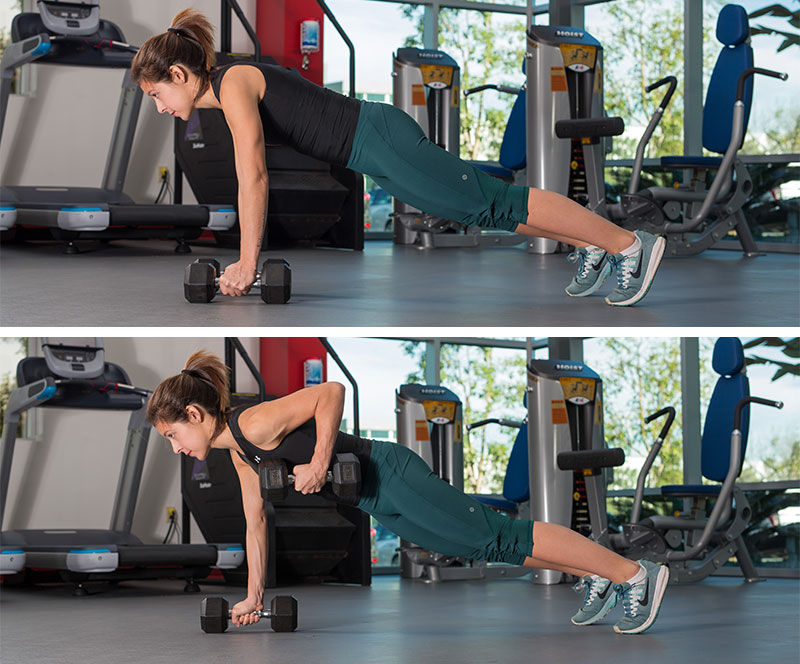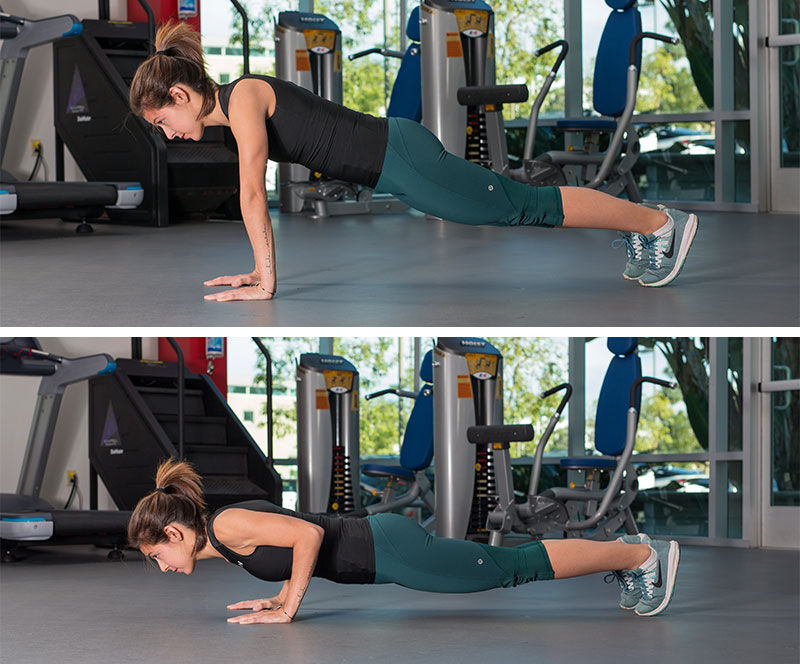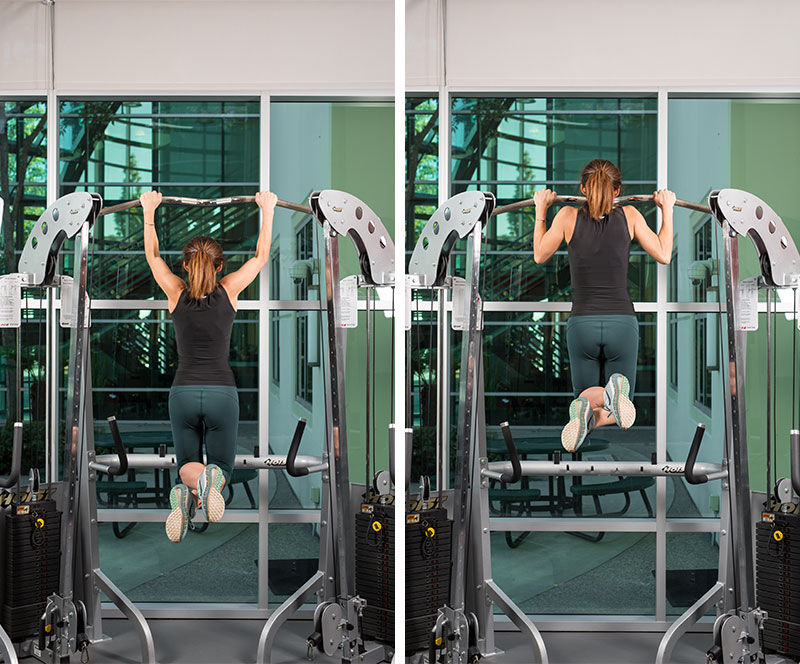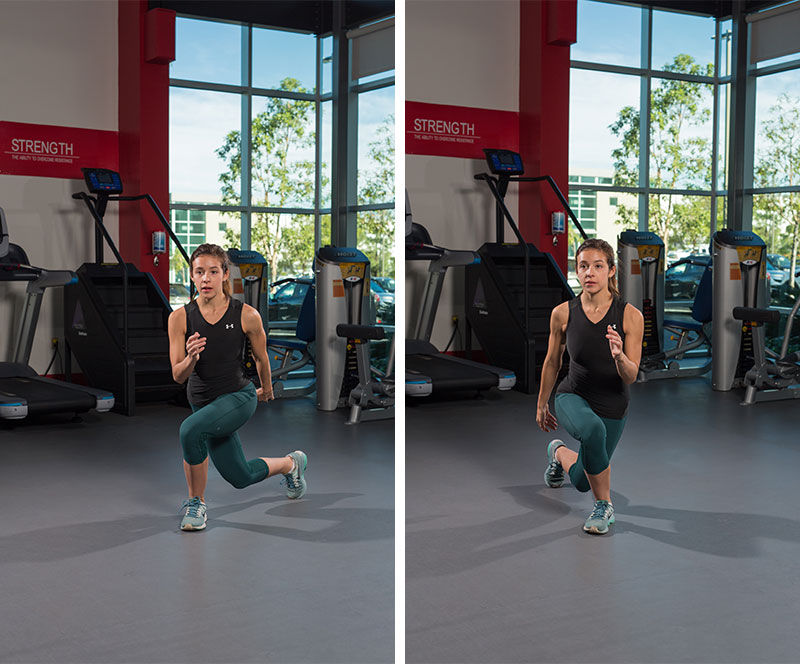AMRAP, or “As Many Rounds/Reps As Possible,” is a type of high-intensity interval training that has grown in popularity in recent years—and for good reason. These short, challenging metabolic-conditioning workouts are fast, fun and effective.
The “reps” version of AMRAP involves selecting only one exercise and a time constraint. For example, completing as many push-ups as possible in a five-minute time period. This is a great tool for training and measuring your clients’ muscular endurance (and mental fortitude!) over time.
The “rounds” version of AMRAP can make up an entire express workout. Simply select a short series of exercises and a defined number of repetitions for each one. Set a time constraint and have your client perform the complete series of exercises as many times as possible.
The Benefits
Fun. Clients enjoy the challenge and the ability to pace themselves, and, if done in a group, the competition and camaraderie of exercising with other participants.
Scalability. Any exercise can be selected based on your individual client’s ability level and he or she has complete control over the pace of the workout. AMRAP is also great in a group format because every person in the group can move at his or her own pace, yet still be motivated and challenged by the speed of others.
Measurement. Completing the same AMRAP workout again over time is a great tool for measuring a client’s progress in developing in muscular endurance and cardiovascular capacity.
A Word of Caution
As a health and fitness professional, AMRAP workouts are some of the hardest to coach. Encourage your clients to “push their limits,” even as you ensure that they maintain proper form throughout. It is essential to pay close attention to form and movement mechanics, especially toward end of the workout (when fatigue can cause form to suffer), and know when to pull back on the reins.
The Workout
The following AMRAP workout is a great combination of strength and power movements, spanning across the entire foundational movement spectrum.
Ensure your clients are properly warmed up before they dive into this challenging workout.
15 Minutes: As Many Rounds As Possible
1. 20 Renegade Rows
How: Begin in a straight and tight plank position with wide feet for support. Avoid rotating the torso while rowing one dumbbell up at a time, squeezing that shoulder blade at the top of the movement.
Ramp it up: Use heavier dumbbells.
Step it back: Use lighter weights or place knees on the floor.

2. 20 Kettlebell Hard-style Swings
How: Select a challenging yet safe weight and initiate the swing with the hips. Brace the core and squeeze the glutes on the top of the swing and maintain a good hip hinge on the bottom.
Ramp it up: Grab a bigger bell.
Step it back: Lighten the load.

3. 10 Push-ups
How: With the body in a straight, aligned plank position, lower the chest a few inches from the floor and then return to the upright plank position.
Ramp it up: Lift a leg for less stability.
Step it back: Set the knees on the floor.

4. 5 Pull-ups
How: With hands in an overhand and shoulder-width grip, hang from a bar. With the core engaged and the body in straight alignment, pull the chin over the bar and lower back to the start with a controlled speed.
Ramp it up: These should be tough enough.
Step it back: Add a resistance band at the feet, use a pull-up machine, or have a partner spot at the mid back to reduce the load from pull-ups.

5. 20 Skaters
How: Begin in a curtsy lunge position with the right leg behind the left and both knees bent. Press sideways off of the left leg and land on the right, with the left foot landing behind in a curtsy lunge on the other side.
Ramp it up: Avoid touching the back leg and go for distance.
Step it back: Step side-to-side, removing the hop.





 by
by 



 by
by